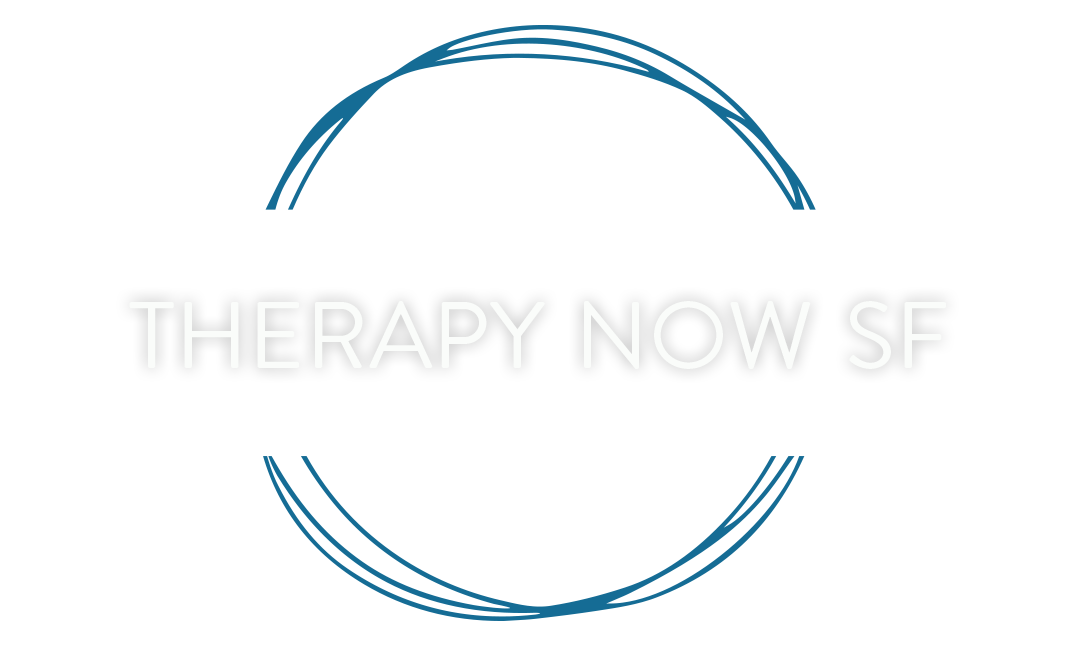What Is CBT? An Overview of Cognitive Behavioral Therapy
Cognitive behavioral therapy (CBT) is a form of talk therapy. It focuses on helping people manage their problems by changing the way they behave and think. The goal of this therapy is to help individuals change the circumstances of their lives by controlling their perception of their circumstances.
While CBT can be used for many mental health conditions, it is most commonly used to treat those who experience anxiety disorders, depression, or both.
An Overview of CBT
CBT is considered a goal-oriented, short-term therapy that provides a practical, hands-on approach to problem-solving. The goal of CBT is to change patterns of behavior of thinking behind people’s troubles to alter the way they feel.
Some types of therapy focus on the past, but this is not the case for CBT. Instead, this form of therapy focuses on the present. Patients may talk about things that occurred in the past but sessions largely focus on how those things might impact you today.
While CBT is structured and active, it’s also fully collaborative. The patient and therapist work together to create goals in therapy and then work toward fulfilling each of them. This requires an individualized treatment plan that takes the patient’s needs into account.
Terms and Elements Related to CBT
There are many elements and terms associated with CBT to be aware of. Below, we’ll share a bit about each of them so you have a better idea of what cognitive behavioral therapy is all about.
Cognitive Distortions
A cognitive distortion is an internal mental bias or filter that creates anxiety and makes someone feel bad about themselves. Cognitive distortions come in many forms and act as rules that people feel they and those around them should conform to. These include:
All or Nothing Thinking
Personalization
Should Statements
…
Learn more about Cognitive Distortions
Cognitive Restructuring
Cognitive restructuring is a process where a patient learns to change the way they think and challenge their cognitive distortions. This can be done in many ways depending on the concerns of the patient. For instance, if someone wishes to manage stress, they work on thinking balanced thoughts instead of ones that create more stress and anxiety.
Behavioral Modification
Behavioral modification is a common element of CBT. It is the process of changing a patient’s behavior through the use of motivational techniques. It’s important to be consistent to achieve your goals and feel better in situations that might otherwise be upsetting or stressful.
Skill-Building Exercises
Skill-building exercises are an important part of CBT. These are activities put in place to help a patient work on a skill (or several of them). The exercises are designed to help people grow and do better in their everyday lives.
Goal Setting and Progress Monitoring
The best way to move forward and make changes is by setting goals. However, you also need to be working toward success. That’s where progress monitoring comes in. Patients work to improve and their progress is monitored to see how they are doing.
Final Thoughts on Cognitive Behavioral Therapy
CBT is one of the most effective types of therapy and can help treat things like depression, panic disorder, social anxiety, and more. It often requires fewer sessions than other types of therapy and helps you manage the stress of life so you can be more confident.
If you’re interested in learning more about cognitive behavioral therapy and how it could help you, get in touch! We can get you set up with your first appointment and well on your way to a more fulfilling existence.
